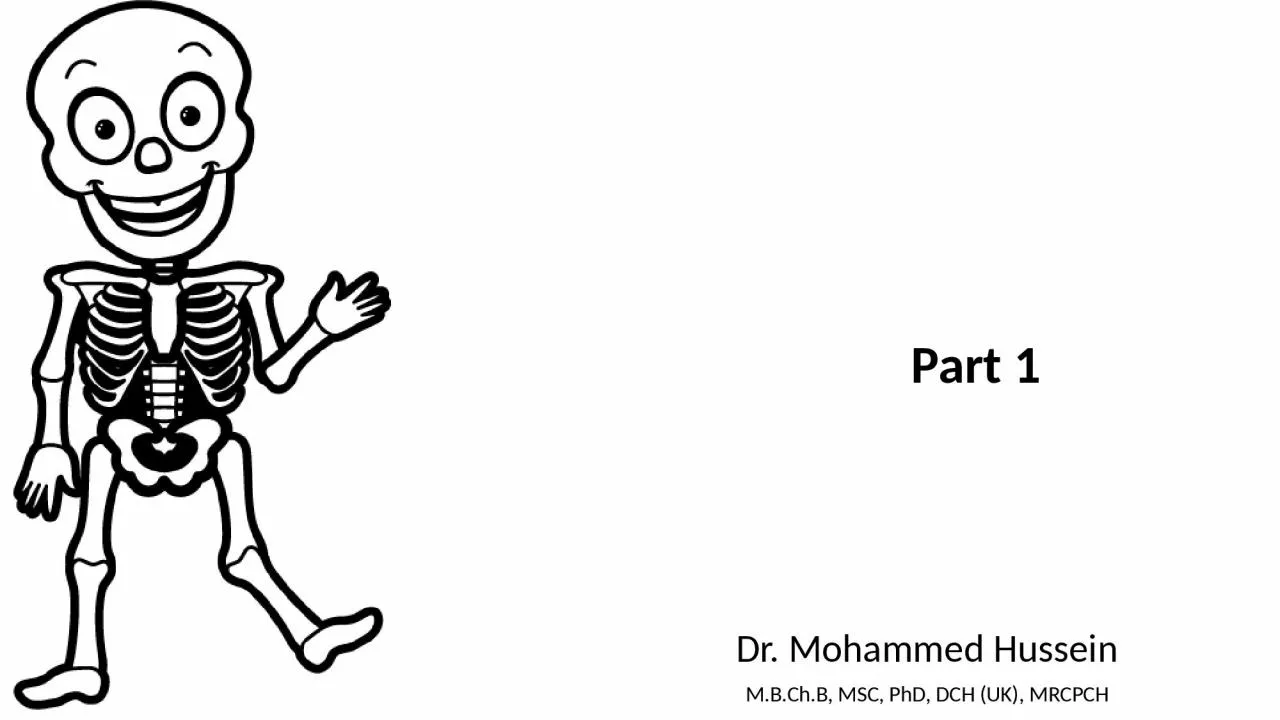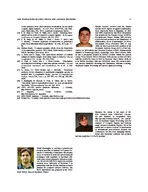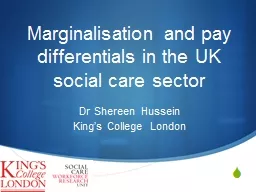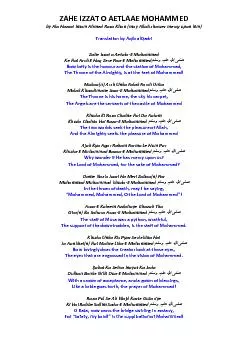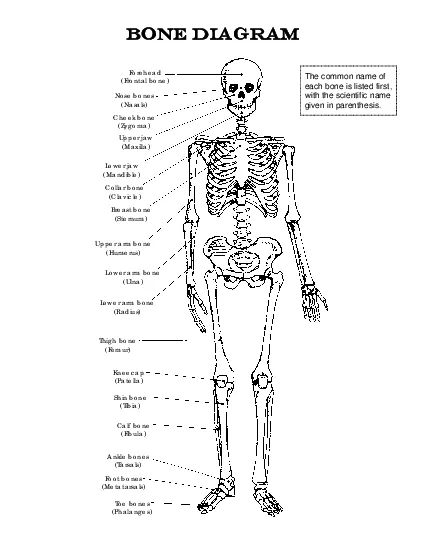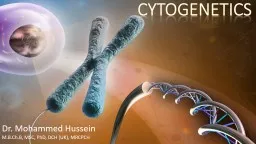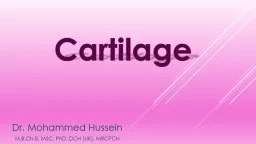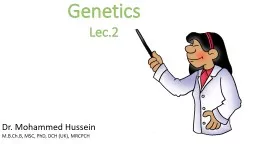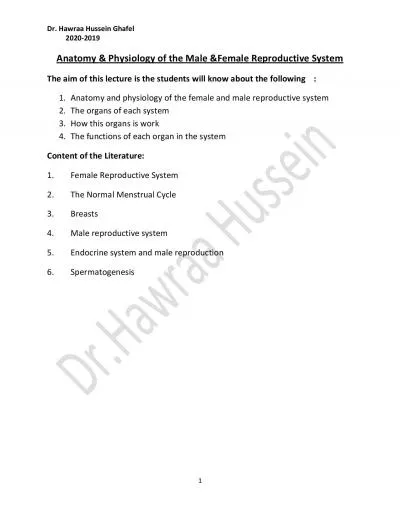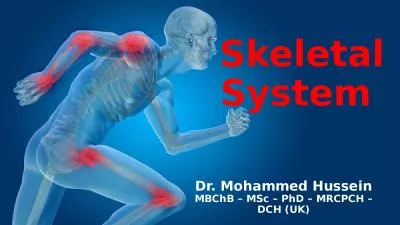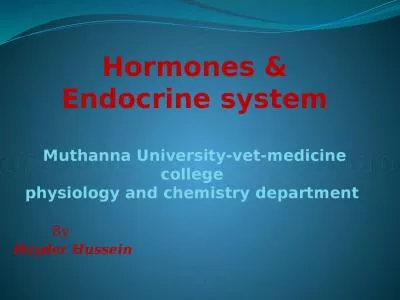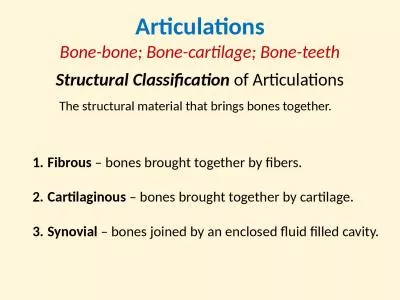PPT-Bone Dr. Mohammed Hussein
Author : joyce | Published Date : 2023-07-22
MBChB MSC PhD DCH UK MRCPCH Part 1 Bone Special type of connective tissue Has a hard Mineralized extracellular matrix It is Vascular tissue Although it
Presentation Embed Code
Download Presentation
Download Presentation The PPT/PDF document "Bone Dr. Mohammed Hussein" is the property of its rightful owner. Permission is granted to download and print the materials on this website for personal, non-commercial use only, and to display it on your personal computer provided you do not modify the materials and that you retain all copyright notices contained in the materials. By downloading content from our website, you accept the terms of this agreement.
Bone Dr. Mohammed Hussein: Transcript
Download Rules Of Document
"Bone Dr. Mohammed Hussein"The content belongs to its owner. You may download and print it for personal use, without modification, and keep all copyright notices. By downloading, you agree to these terms.
Related Documents

